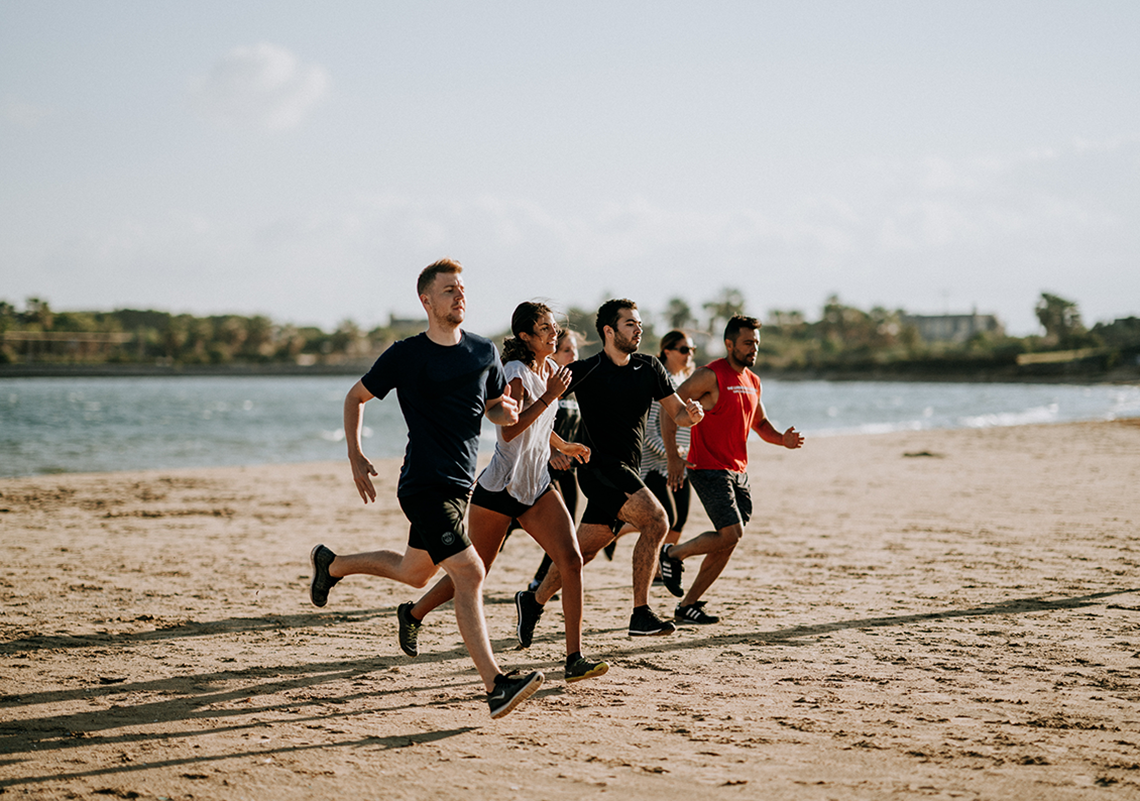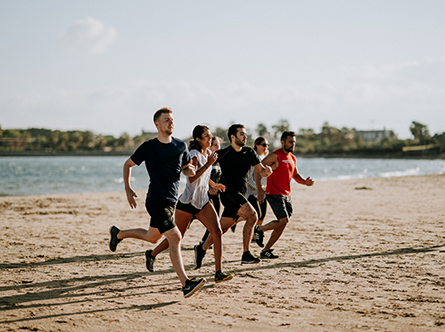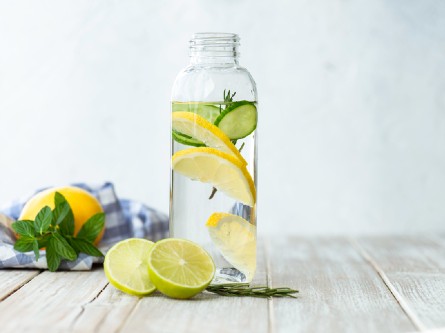
It's important to stay active, but exercise can be dangerous when it's hot outside. Take precautions and know the danger signs of heat-related illnesses.
Here are a few tips to beat the heat and exercise safely, from our Sports Medicine Department:
1. Exercise during cooler parts of the day
If possible, schedule your exercise during the cooler morning and evening hours. Typically, try to aim to exercise before 9 a.m. or after 7 p.m. It's best to avoid exercising outside if the temperature is above 90 degrees.
2. Take regular time-outs
This is especially important for children who aren't always aware that they need breaks and to drink water. Schedule a minimum of 10 minutes for every hour of exercise.
Children, older people, and those who are less fit need more rest. Of course, everyone should spend more time taking it easy when it's hot out.
3. Drink water and stay hydrated
Before any outdoor activity, have a big glass of water or your favorite sports drink. Make sure kids drink plenty of water since they don't realize how important it is to stay hydrated.
Athletes playing competitive sports should drink two big glasses of fluids at least two hours before an event. Plain water is best, but sports drinks are good to replenish carbohydrates and electrolytes. Fruit juices are also fine. Avoid alcohol and caffeine, which lead to dehydration.
Whenever possible, drink fluids during exercise as well, at a rate of about 5 to 10 ounces every 15 minutes. If you're exercising for several hours, it's important to replace salts and add energy with sports drinks rather than plain water.
See why it's important for you to drink water and stay hydrated
4. Dress for the heat
When possible, wear light-colored, loose-fitting clothes when exercising on a hot day. Hats can also help keep the sun off your face, head, and neck.
Football players with bulky, tight-fitting uniforms will be at higher risk for heat-related issues than runners in shorts and tank tops. Coaches and athletes should keep this factor in mind on hot days and increase fluid intake and rest times.
Spectators also can get hot and tired sitting in the bleachers on a hot day. It's recommended to wear a wide-brimmed hat and light-colored, loose clothing made of cotton and other breathable fabric. Apply sunscreen to all exposed areas every few hours to help prevent sunburns.
5. Act at the first sign of heat-related illness
Heat-related illness can quickly lead to a medical emergency. It's important to act at the first warning. Heat-induced illnesses include muscle cramps, heat exhaustion, and heat stroke.
Muscle cramps, heat exhaustion and heat stroke often occur in people working hard or exercising in hot weather, but they can happen to anyone on a hot day. Groups that are at higher risk for heat-related illness include:
- elderly people
- children
- people who are overweight
- people with heart conditions or taking certain medications such as diuretics (water pills).
Muscle cramps are one painful form of heat illness. These usually happen in the legs or abdomen and are due to salt depletion from excessive sweating. Rest, stretching, and rehydration can usually help relieve cramps. Drinking fruit juice with a pinch of added salt or sports drinks can help prevent salt depletion during hot weather.
Heat exhaustion is an early stage of heat stroke. It usually causes the following symptoms:
- excessive tiredness
- weak feeling
- nausea
- possible dizziness or passing out briefly
- cool and clammy skin
- flushed or pale in the face
If you notice any of these heat-related symptoms, have the person sit or lie down in a shady spot. Give them something cool to drink and try anything to cool them down. That could include loosening or taking off extra clothes, sponging with cold water, and placing the person near a fan.
If the person does not feel better after a short while or if symptoms worsen, seek medical care.
Heat stroke can be a very dangerous condition. The body stops sweating and the internal temperature climbs to high levels. The skin will be quite dry and hot. It can cause the person to be confused, agitated, and have blurry or double vision. These symptoms indicate an extremely dangerous state.
Have the person lie down and seek medical help at once while others continue to cool down the person.




